Quincy, Illinois
One of the most heartwarming stories in early Latter-day Saint history is that of the kindness shown by the citizens of Quincy, Illinois to these religious refugees during the winter of 1838-1839. While Joseph Smith and others of the First Presidency were incarcerated in Liberty Jail, Latter-day Saints who had been living in Missouri were driven from the state as a result of the Extermination Order issued by Governor Lilburn W. Boggs.

The Latter-day Saint exiles traveled across Missouri under extremely harsh circumstances and crossed the Mississippi River into Illinois at Quincy. There were many more struggling Saints than there were citizens of Quincy to offer assistance. Under the leadership of city founder and leading citizen, John Wood, the citizenry opened their hearts, homes, and pursestrings to help in every way possible.
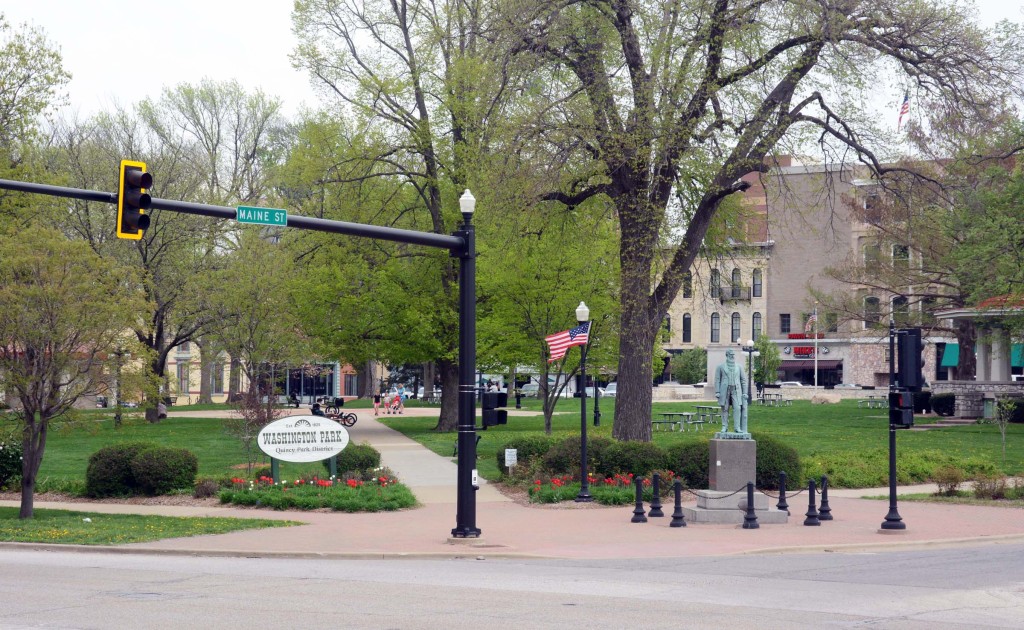
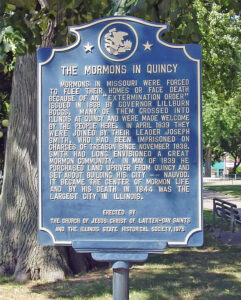
Many of the Saints who could not find the shelter of a home set up camp the best they could at the site now known as Washington Park in downtown Quincy. The park was later the site of one of the famous Lincoln-Douglas debates (October 13, 1858).
Later in 1839, Joseph Smith and others would be released from jail and make their way across Missouri and the Mississippi River to Quincy where they joined the main body of Saints. It was there that the decision was later made to move fifty miles upriver and establish Nauvoo.
In 2015, the Historical Society of Quincy and Adams County opened the History Museum in a magnificent stone building that once served as the public library. It is situated kitty-corner from Washington Park.
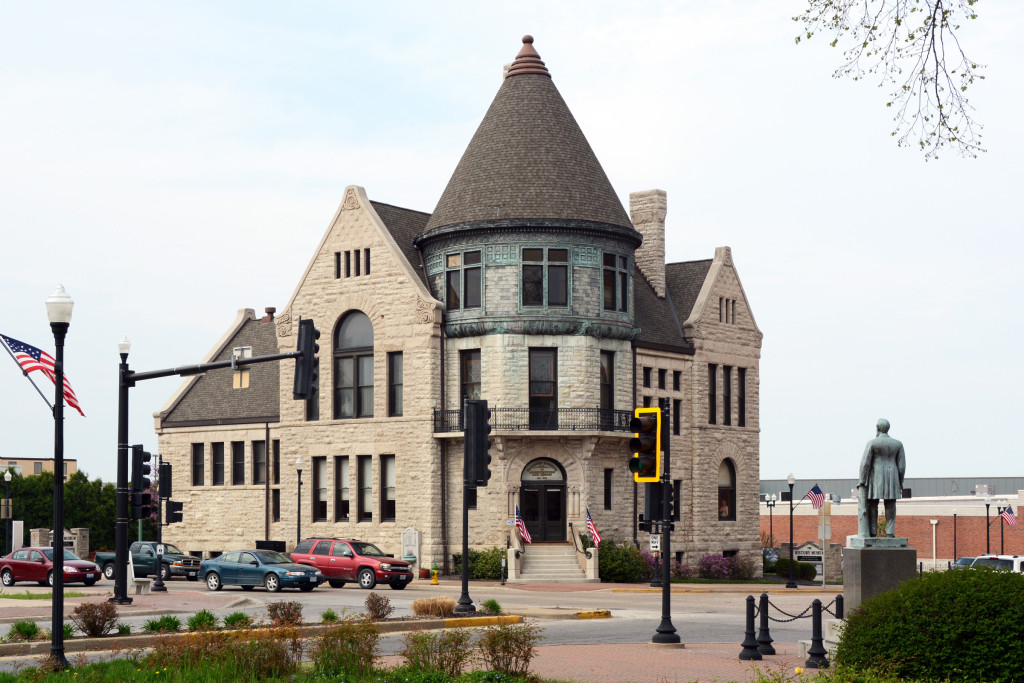
Leaders of the historical society invited the Ensign Peak Foundation to participate in preserving the history of the Latter-day Saints in Quincy by creating a room dedicated to that purpose. The foundation provided the resources for renting the space, interpretive panels, pictures, and a video by Glenn Rawson and Dennis Lyman who produce History of the Saints. The historical society provided a display of keys to the original Nauvoo Temple. Ribbon cuttings for both the museum building and Mormon history room were held on April 18, 2015. A prayer of dedication for the Mormon history room was offered later on the same day.
Map & Directions
Quincy is situated on the east bank of the Mississippi River where US 24 crosses the river to and from Missouri. The History Museum is located on the southwest corner of the intersection of Maine and 4th Streets.
Photos
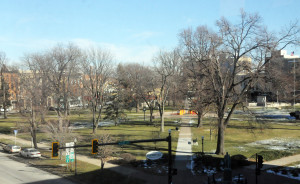
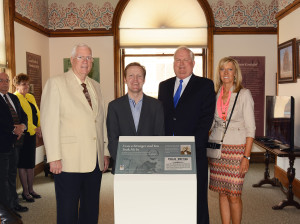

Articles & Resources
Articles
R. Scott Lloyd, “Remembering A Heartwarming Chapter,” Church News, week of May 10, 2015, pp. 8-9.
Glen Leonard, Nauvoo: A Place of Peace, A People of Promise, 30-35; 39-43.
Keith W. Perkins and Donald Q. Cannon, in LaMar C. Berrett, ed., Sacred Places, Vol. 3: Ohio and Illinois, pp. 225-226.
Brandon S. Plewe, ed., Mapping Mormonism, 50-54.
